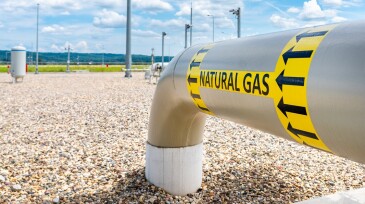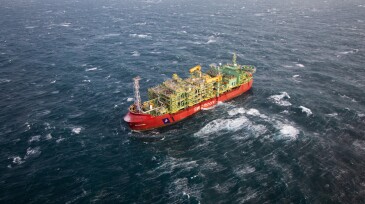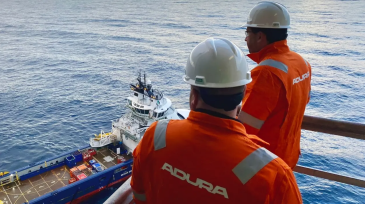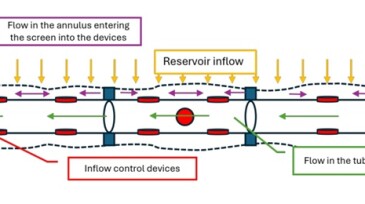Onshore/Offshore Facilities
Sponsored
As HPHT wells push equipment to the edge of material limits, operators are turning to advanced thermoplastics and sealed electrical assemblies to maintain system integrity. From ESP insulation to BOP control systems, the right component design can prevent failures, lower intervention costs, and extend equipment life in the harshest offshore environments.
The new development is estimated to hold 46 million bbl of recoverable oil and is planned to start up in late 2028.
The project in the US Gulf is expected to add about 15,000 BOEPD to the deepwater Atlantis project at peak production.
-
Project financing raised by JP Morgan will enable YPF and its partners Eni and ADNOC’s XRG to launch Phase 2 of Argentina LNG, boosting production to 18 mtpa by 2030–2031.
-
First oil is expected from Phase 1 of the project in 2028, with up to four more phases planned.
-
The Gorgon Phase 3 project aims to counter declining reservoir pressure to sustain gas supplies to Western Australia’s domestic market and support LNG exports to Asia.
-
The Denver-headquartered shale producer will become a pure-play operator of the Marcellus Shale in West Virginia.
-
The North Sea Transition Authority has published its first table identifying 13 operators that are behind schedule in decommissioning their inactive North Sea wells.
-
The research facility said it plans to add multiphase-flow-testing capabilities for heavy oil and different viscosities.
-
The decision keeps the effective tax rate on upstream projects at 78%, prompting new warnings that investments will continue to dwindle in the UK Continental Shelf.
-
Adura will become the UK North Sea’s largest independent producer by combining 12 key oil and gas assets, employing around 1,200 staff. It aims to produce more than 140,000 BOED in 2026.
-
This paper compares various drainage strategies and well completion configurations on the installation of inflow control technology by considering energy efficiency.
-
This paper presents an approach to management and interpretation of pipeline-integrity data, ensuring integrity, safety, and reliability of the operator’s critical pipelines.
Page 1 of 220













